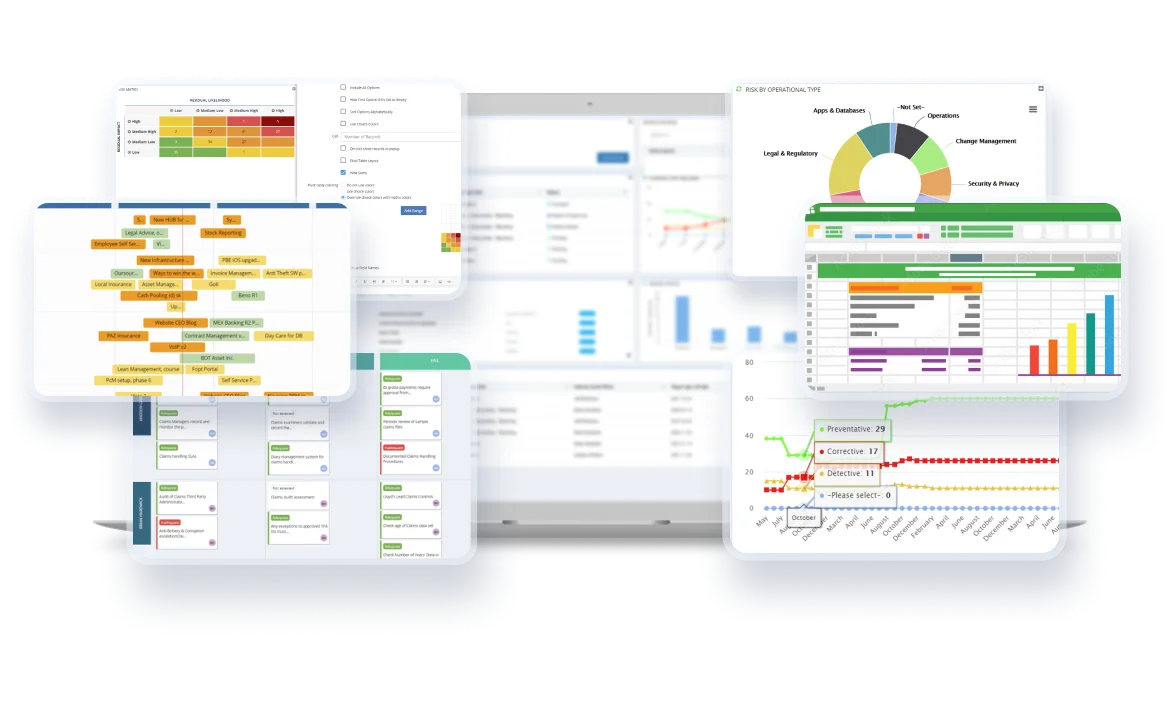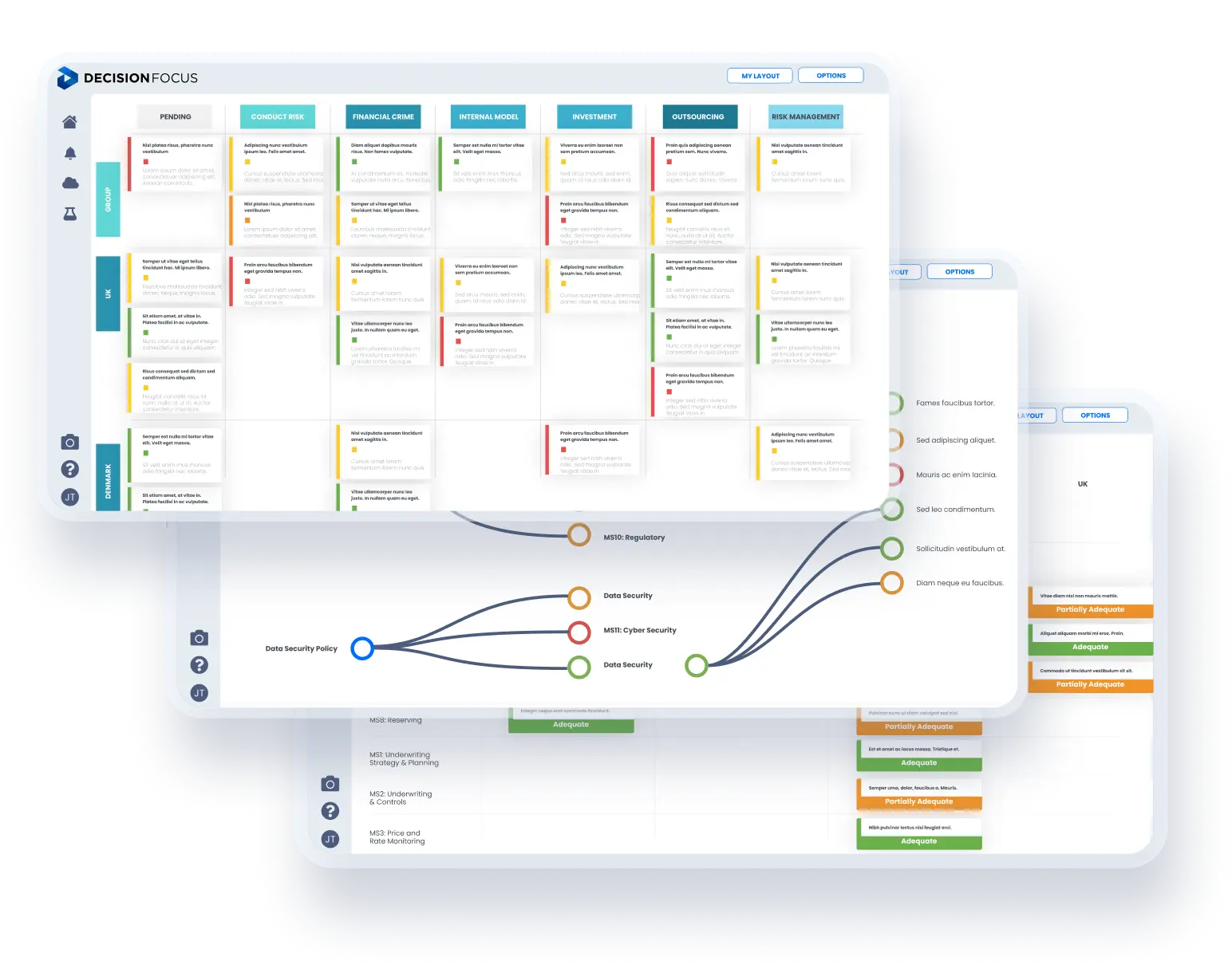
Compliance - Regulatory Reporting Software
On time, every time. Reporting you can rely on
Capture your regulatory submissions to make sure you never miss a regulatory deadline.
Trusted to deliver by industry leaders





.jpg)











A custom solution, ready in weeks
Fully integrated, built to scale with your business, and ready to use in weeks, not months.
Configurability, not complexity
Delivering business benefits
Framework-ready
Works with any regional, national or international regulatory framework, including EU, PRA, FCA, SEC, BMA, ISOs and ESG
Never miss a deadline
Receive customised notifications when deadlines approach and use calendar views to stay on top of future requirements.
Align your organisation
Drive alignment across teams and functions with a unified regulatory timeline and a single source of truth for reporting reviewal and submissions.
Reporting you can trust
Pull live data from across your organisation and verify its accuracy and completeness to ensure compliance with regulatory guidelines.
See your data in a new light
Make your data work for you. Live data and real-time reporting support evidence-based decision making.
Easy to learn, even easier to use
Intuitive UX, role-based access and @notifications makes driving adoption easy for all users.
One-click report generator
Zero-touch reporting
Powerful, completely customisable reports, developed with JavaScript.
Break down data siloes and gather all your GRC data in one agile hub, flexible to cater to any reporting requirements.
Built-in report generator
Auto-generate reports for C-level and GRC teams. Export to .pdf & .doc formats — no Word, Excel or PowerPoint needed.
Auto-generate reports for C-level and GRC teams. Export to .pdf & .doc formats — no Word, Excel or PowerPoint needed.
Complete audit trails
Eliminate the need for external reporting tools. Reports generated in-app is based directly on record data with a full revision log for changes.
Eliminate the need for external reporting tools. Reports generated in-app is based directly on record data with a full revision log for changes.
Intuitive dashboards & visualisations
Customised dashboards and reporting, based on Highchart libraries.
Customised dashboards and reporting, based on Highchart libraries.

Unlock your Data
Drill-down & uncover insight
Live data from across your organisation feeds into intuitive dashboards for at-a-glance oversight. Click into graphs and visualisations to jump straight to your data for truly dynamic analysis.
All your evidence where you need it
Your associated evidence is always at hand with Decision Focus. No more scrambling through files, email chains and spreadsheets.
Trust your data security
Teams and departments gain access to the tools and resources they need, all while administrators manage and maintain permissions with speed and flexibility.
One unified platform
Build your perfect GRC solution
Our agile no-code platform adapts to your organisation, so you can pick and choose the solutions you need.
Related solutions
Sarbanes-Oxley
An award-winning solution for all SOX planning, testing, deficiency management and reporting.
Enterprise Risk
Identify and manage risk across your entire enterprise with a dynamic risk engine that keeps you ahead of emerging threats.
Information Security
Build bulletproof InfoSec and deliver ongoing compliance with global IT regulations.
Any questions?
Or just curious to see a demo
The Decision Focus team are here to answer your questions.





